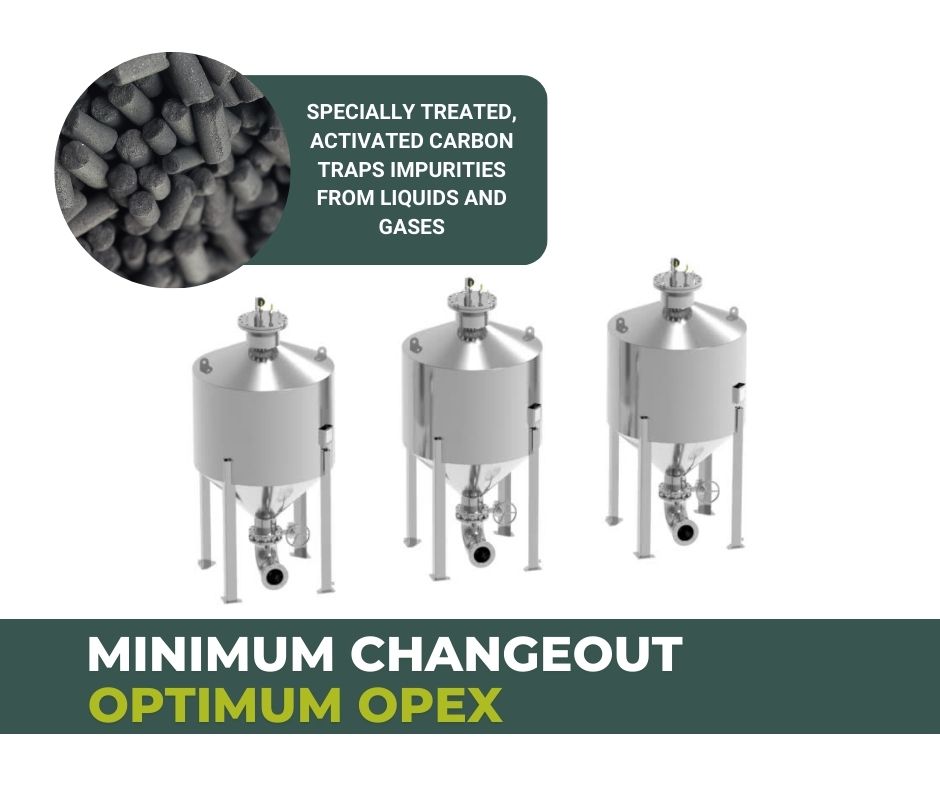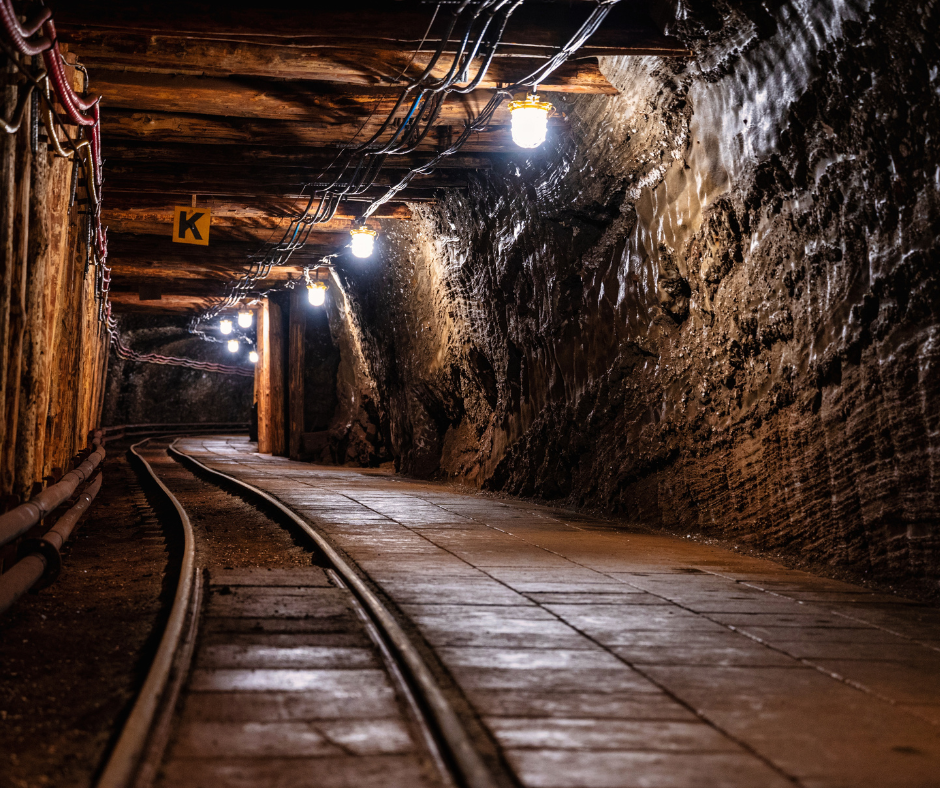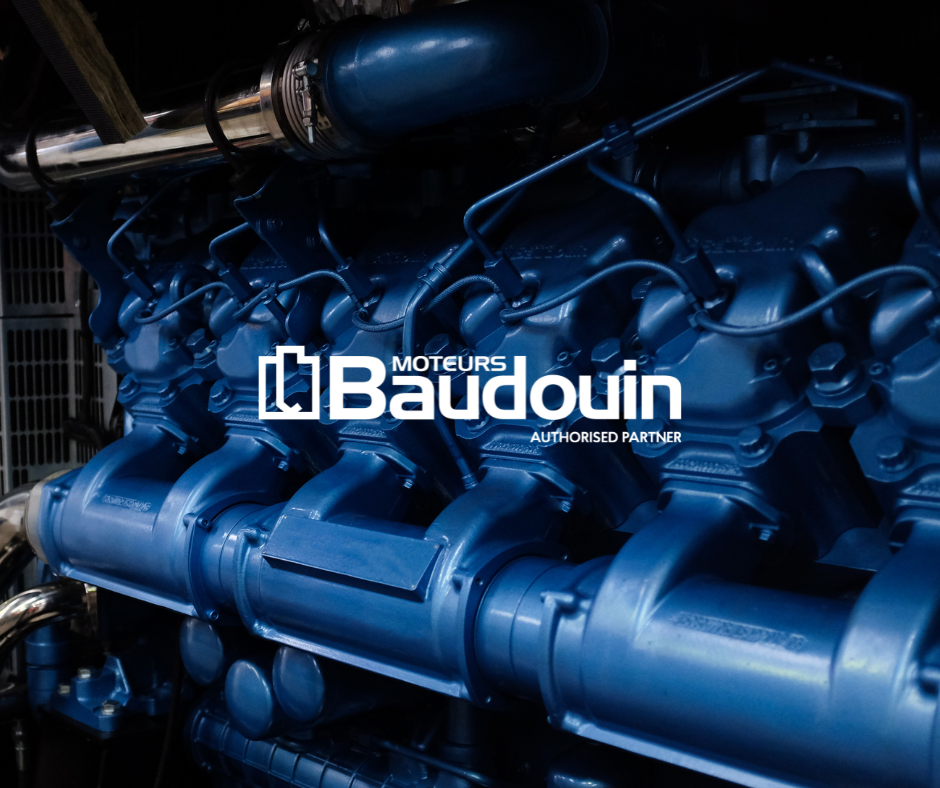How H2S is Removed from Biogas Using Activated Carbon Vessels.
High concentrations of H2S in biogas are among our waste to energy client’s major challenges.
Hydrogen sulphide (H2S) is a common impurity in biogas, formed as a result of organic matter decomposition in anaerobic conditions. H2S can cause several issues, including corrosion of equipment, reduced efficiency of gas engines, and environmental hazards. To ensure biogas is safe for use and to protect equipment, H2S must be removed. One of the most effective methods for this is using activated carbon vessels.
The Problem with H2S in Biogas
H2S is a toxic and corrosive gas that can damage gas turbines, engines, and pipelines if not removed. Even small amounts can lead to significant maintenance costs and downtime. Additionally, when combusted, H2S produces sulphur dioxide (SO2), a harmful pollutant. Therefore, purifying biogas to remove H2S is essential for both equipment longevity and environmental compliance.
Activated Carbon as a Solution
Activated carbon is a highly porous material that has a large surface area, making it ideal for capturing contaminants like H2S. When biogas flows through activated carbon vessels, the H2S molecules chemically bond with the carbon. This process is called “adsorption,” where the H2S is trapped on the surface of the carbon particles.
The adsorption process is highly efficient, removing even trace amounts of H2S to bring concentrations down to safe levels. The activated carbon can be regenerated or replaced once it becomes saturated with H2S.
How the Process Works
- Biogas Enters the Vessel: The raw biogas containing H2S flows into our specialised activated carbon vessel.
- Adsorption Takes Place: As the biogas passes through the vessel, the H2S molecules bind to the surface of the activated carbon.
- Clean Biogas Exits: The purified biogas, now free of H2S, exits the vessel and can be safely used in energy generation applications.
- Carbon Replacement: Over time, the activated carbon becomes saturated with H2S. When this happens, the carbon is either replaced or regenerated, depending on the system design.
Key Benefits of Using Activated Carbon
- High Efficiency: Activated carbon can remove H2S down to very low concentrations, ensuring high-quality biogas output.
- Cost-Effective: While there is a cost associated with replacing or regenerating activated carbon, the savings from reduced equipment maintenance and extended lifespan often outweigh the expense.
- Low Environmental Impact: Activated carbon treatment is a safe and environmentally friendly process that does not produce harmful by-products.
- Three vessel system: Eneraque Renewable’s signature three vessel system maximises adsorption capabilities and means results in minimum changeouts, lowering your OPEX cost.
As Australia’s leading biogas experts, we specialise in biogas plant engineering, construction and asset lifecycle management, including H2S removal solutions. Maximise your biogas outputs with Eneraque Renewables.
Ready to reach your energy goals?
Backed by more than 40 years’ experience, our specialist team are ready to power your energy project forward.
Contact Us







